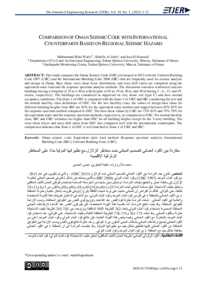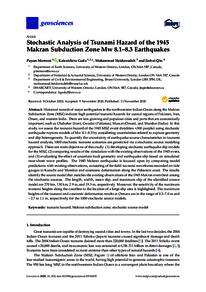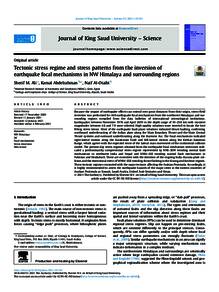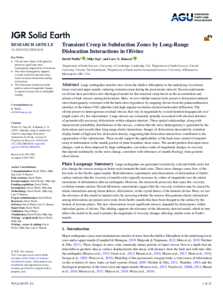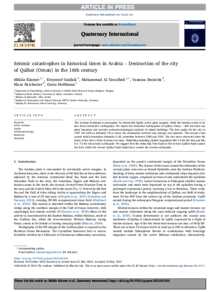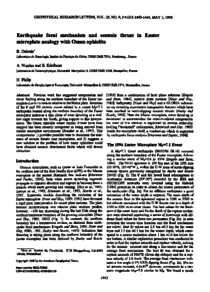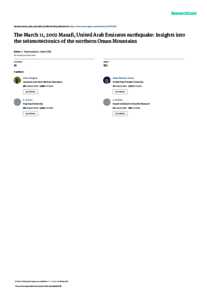Document
Comparison of Oman seismic code with international counterparts based on regional seismic hazard.
Identifier
DOI: 10.53540/tjer.vol19iss1pp1-12
Source
Journal of Engineering Research. v. 19, 1
Contributors
Al-Jabri, Khalifa., Author
El-Hussain, Issa., Author
Country
Oman
City
Muscat
Publisher
Sultan Qaboos University.
Gregorian
2022-01-01
Language
English
Subject
English abstract
This study compares the Oman Seismic Code (OSC) developed in 2013 with the Uniform Building Code 1997 (UBC) and the International Building Code 2006 (IBC) that are frequently used for seismic analysis and design in Oman. Base shear, story shear force distribution, and story drift ratios are compared using the equivalent static load and the response spectrum analysis methods. The discussion considers reinforced concrete buildings having a footprint of 25m × 40m with heights of 10 m, 19 m, 40 m, and 58m having 3-, 6-, 13 and 19-stories, respectively. The buildings are considered as supported on very dense soil (type C) and have normal occupancy conditions. The Zone-1 of OSC is compared with the Zone-1 of UBC and IBC considering the low and the normal ductility class definitions of OSC. For the low ductility class, the values of design base shear for different building heights from IBC are 82% for the equivalent static method and ranged between 83%-85% for the response spectrum method compared to OSC. The base shear values by UBC are 73%-81% and 75%-78% for the equivalent static and the response spectrum methods, respectively, in comparison to OSC. For normal ductility class, IBC and UBC estimates are higher than OSC for all building heights except for the 3-story building. The story shear forces and story drift ratios from OSC also compared well with the international counterparts. The comparison indicates that Zone-1 in OSC is well matched to Zone-1 of UBC and IBC.
ISSN
1726-6009
Category
Journal articles

